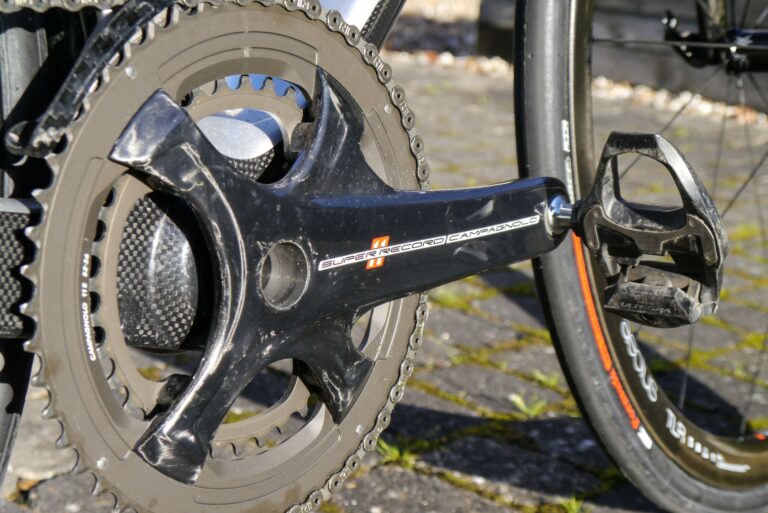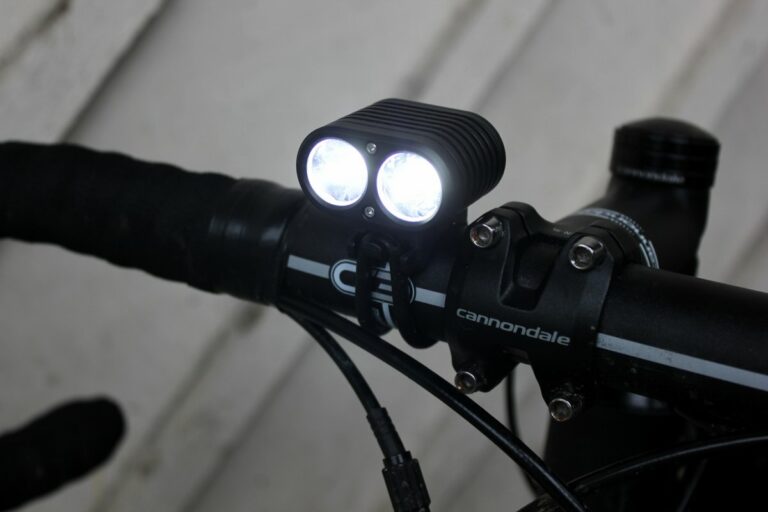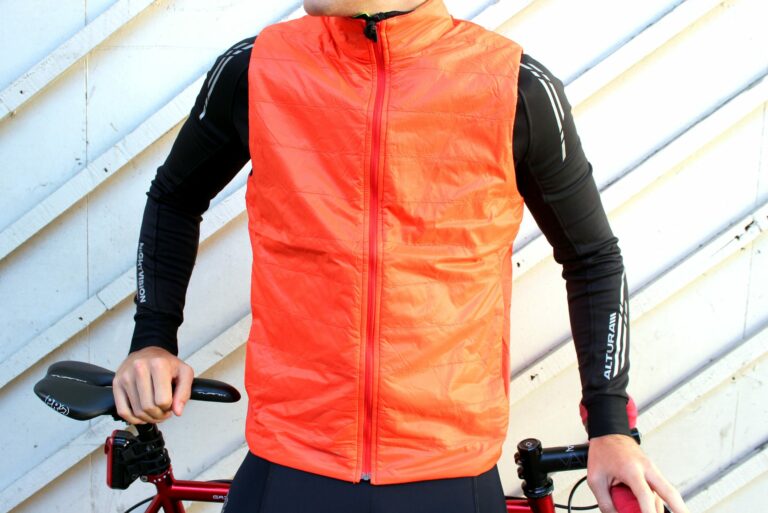With the 2015 sportive and racing season drawing to a close, most riders are now turning their thoughts towards a nice break and some down time before the real winter training starts to kick in.
You may have been thinking of this time off the bike from about July and longing for having a few beers and eating some chocolate without the guilt we may other feel in the spring and summer, when your season objectives are still be on the horizon. Or the end of the season may have crept up on you and it’s time to enjoy a well-earned break after a non-stop summer.
For some people, this ‘transition’ period from the height of the summer to off-season training can last anywhere from two weeks to two months, depending on each individual’s commitments and goals. What many people may not realise, though, is that this transition can have a major impact on how much you progress during the winter and what your fitness will look like come spring 2016. So what can you do to kick-start your training to make sure next season is your best yet?
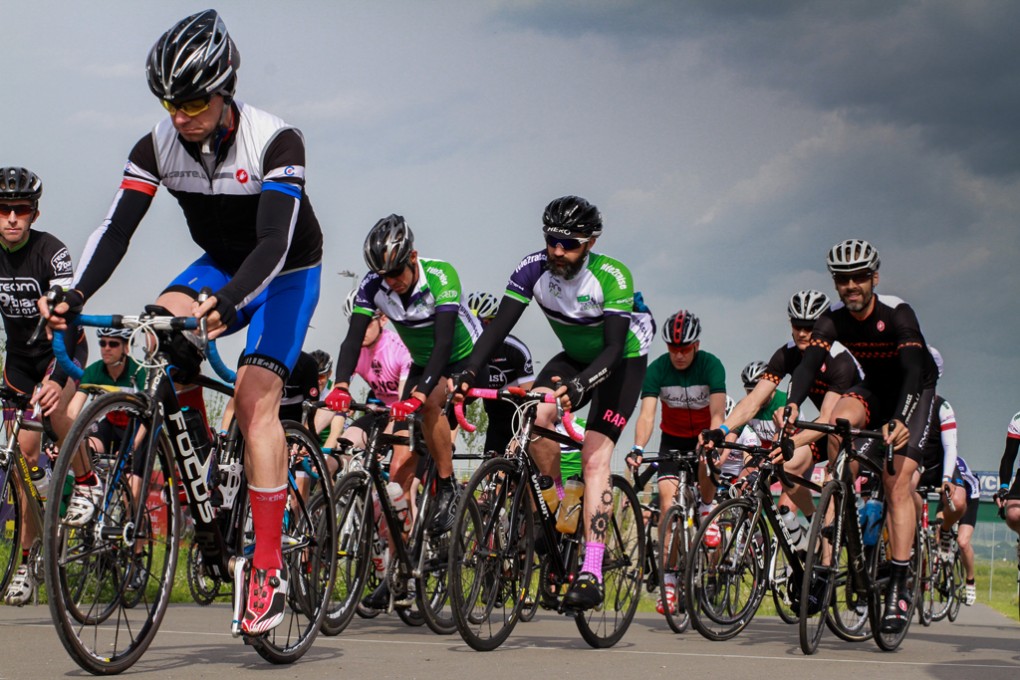
Why is what I do now important to my form next summer?
The first thing to emphasise is that we all need a break. Sometimes it’s as important on the mental side as the physical. Making sure you get the correct amount of downtime and come back with renewed motivation to get training again is crucial as the winter nights and bad weather to come will require enthusiasm and dedication in abundance to ensure you get out on the bike and begin your build-up towards 2016.
The balance that you need to meet is that of having a long enough break to bring back that enthusiasm and not taking too long off that you lose all of the gains made over the past spring and summer. The goal, of course, is to build your fitness progressively over an number of seasons, rather than plateauing from one season to the next.
One big mistake I have seen as a coach is that some riders allow themselves to get really unfit and go mad on junk food only to spend the next three months fighting to lose the extra kilos and come back to a basic level of fitness. You don’t need to do this. By having a short break and then taking the steps I’ll run through, you’ll give yourself the opportunity to not only start your winter training at a better level than previous winters, but also to reach a new peak of fitness next season when it really matters.

As a coach, I call this rest period between the end of the previous season and the start of next season’s training the maintenance phase, and while it’s crucial to enjoy some time away from the bike, it’s important not to get into the rut of losing all of your hard-earned gains if you have major goals for 2016. Instead, it’s about having a rest while maintaining as much fitness as you can, keeping hold of some of the benefits of your previous training and getting back into condition quicker than before. But what’s the best way to strike the balance?
What should I do then?
I would suggest that you let yourself have no longer than two weeks off the bike. Any longer and you won’t only begin to suffer physically, but mentally we also need the endorphins that come with exercise – you don’t want to become grumpy from that lack of exercise, do you? Remember, you want to give yourself time off to refresh after the season, but too long away from the bike and it becomes an uphill struggle to get going again.
You can use this time to clear up any of the small things that may of been niggling you over the past few months. Begin to look at any small injuries that may have occurred and how to make sure these won’t be a problem once again in 2016. You may need to look at your position on the bike, or do some physio/core stability/strength routines to work on any troublesome areas, and once you’ve had a couple of weeks completely away from the bike it’s the time to do this. One other biggie that can derail your winter preparation is dental work. Any competitive cyclist out there who has had the ‘pleasure’ of dental work will know the impact it can have in your ability to train. Get this sorted now while you still have time ahead of the new season.

Once you’ve had your two weeks off, the training you do should be both enjoyable and perhaps different to the norm – you don’t need to immediately start thrashing yourself on the bike, it’s early days yet! If you enjoy other sports and activities such as hill walking, gym work, swimming, running, mountain biking etc, these can all play a big part in how you start to build fitness again. Just be careful to stay injury free with these new activities as your muscle groups may not be used to the demands that alternative exercises might require. Cross-training may make up two or three days of training a week for a two to four week period after your rest spell.
To make this an upward progression of training, I would suggest increasing the frequency of your sessions per week rather than the duration of each individual session. While cross-training will give you the opportunity to ease back into something resembling training, I’d recommend that you don’t completely stop riding your bike. Having at least one day a week of riding in this initial transition phase will help maintain some muscle memory which will assist your development when you begin your winter training in earnest at a later date.
Most of these activities, whether cross-training or on the bike, should be done at a lower intensity than perhaps you would normally do. Keep these sessions as a good aerobic workout, avoid going too far into the red and keep burning a few calories to help keep the waistline trim at a time when it’s easy to begin putting on weight. On the days when you are on the bike, I would avoid taking on a large volume of training in an individual session. Stick to the ethos of increasing the frequency of the training rather than the duration of each ride. With that in mind, two to three hours on any given bike ride at a moderate intensity is the norm and more than enough for many during this transition period, before winter training really kicks off.
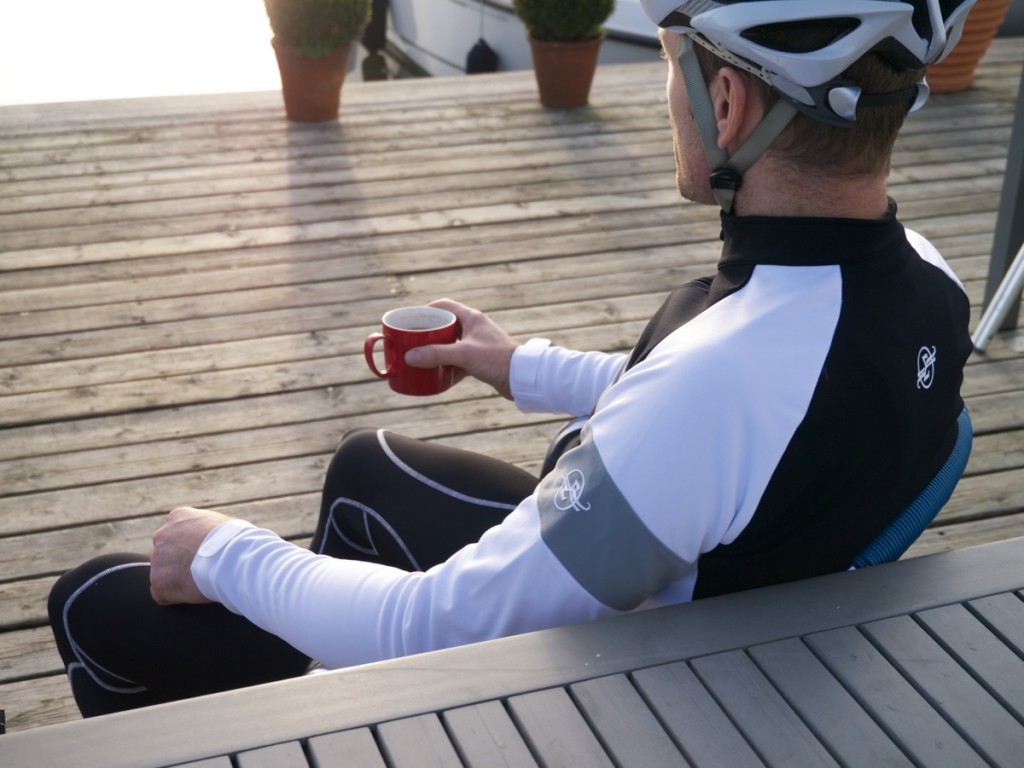
Key points to take away
- Have time away from training to refresh mentally and physically but any inactivity should last no longer than two weeks if possible.
- Build slowly. Get back into an ‘unstructured’ routine of exercising three to four times a week for two to four weeks after this initial break.
- Keep your training and activities mixed up and enjoyable. Use this time to continue rebuilding your enthusiasm and motivation for the winter ahead.
- Use this time to address any injuries and be careful not to get injured when cross-training.
- Continue to lead a healthy lifestyle without being obsessive. If you allow yourself to gain excess weight or lower your immune system then both can be detrimental come the pre-season training phase.
Once you’ve enjoyed this transition phase you’ll be ready to begin the real preparation in build-up the 2016 season. Following the steps above will see you start your training in a better mental and physical state than if you left you bike to gather cobwebs in the shed for six weeks. You will keep some of the gains from the past season and see you hit the new season with the legs and lungs your counterparts wish they had.
Take the guesswork out of your training with the experts at Dig Deep Coaching, who will be hosting a free webinar on your ‘essential winter training checklist’ on October 28. Register here to reserve your place.


